Fitbit fumbles its fitness flagship.
Pros
- Improved software
- Deep metric tracking
- Solid battery life
Cons
- Clunky user experience
- No music controls
- No third party apps
Our Verdict
Fitbit is rightly considered one of the leaders of the activity tracker market thanks to early mover advantage and slim, well-featured products like the Charge 5.
The brand has had a tougher time trying to make a killer smartwatch. 2017’s Ionic felt like a prototype, and it even got recalled recently and every customer refunded after a battery defect.
The Versa watches have been slightly better but have felt like activity trackers that look like watches. 2020’s Versa 3 and Sense watches were the best Fitbit smartwatches yet, though similar, and offered music control, select third party apps, and solid battery life.
Now owned by Google, Fitbit has released the Sense 2, which I’ve had strapped to my wrist for several days. It is a well-made product, but I hesitate to call it a smartwatch because Fitbit has taken away the on-wrist music controls and all third-party apps, including Google Assistant.
I imagine this is because Google wants those features to be exclusive to its new Pixel Watch, which itself uses the Fitbit app to track health metrics. The Sense 2 suffers thanks to its existence.
The main draw of the Sense 2 over the also-new Versa 4 is the Sense 2’s body response sensor, which collates several data points to give you feedback on your stress levels. The idea is to highlight your triggers to help you understand what stresses you, and coach you to manage those triggers better.
It’s a fine idea, but the execution is clunky. The Sense 2 still feels like it isn’t quite finished, and at $299.95/£269.99/€299.95, it’s hard to recommend it over an Apple Watch SE or Samsung Galaxy Watch 5.
Design And Build
- Slim on the wrist
- Easy to detach bands
- One physical button
The Sense 2 is the most premium feeling Fitbit you can get, though it’s not as high-end as the original Sense, which had a stainless steel finish and a steel ring around the edges of the screen. This was used to take sensor readings to measure stress.
Instead, the Sense 2 has an aluminium frame and overlays the sensors on top of the black bezels around the display. No fancy steel here, but it’s still a good looking watch.
The pebble shape of the body is very similar to the Versa series and it’s hard to tell them apart. A clue that it’s the Sense 2 is on the underside that sits on your wrist as you wear it, with a curved metal design indicating the inclusion of the new body response sensor that you can’t get on any Fitbit.
Thankfully the company has ditched the unreliable touch sensor button of the first Sense in favour of a physical button on the Sense 2. It’s much easier to push and works better when wearing gloves. There’s also a single speaker slit on the right edge for taking calls and talking to Amazon’s Alexa assistant.
Though a full size watch, it’s comfortable to wear all day and night to track steps, heart rate, and sleep continuously. It can continuously monitor your blood oxygen levels while you sleep, and Fitbit’s tracking of sleep in general remains one of the best in the game, with clear metrics and features like snore detection if you pay for Fitbit Premium.
- Tracks multiple exercises and sports
- Solid outdoor GPS
- Create many data sets
As ever, this Fitbit is at its best when tracking fitness activity. From walking to running, swimming to cycling, and a load of other sports, the Sense 2 does a solid job of recording them all.
Fitbit’s software has been updated from the original Sense, and it’s much better for it. I found the Sense 2 quite responsive, with menus flowing and buttons reacting immediately – a low bar, but older Fitbit watches have been very laggy.
It’s now based on clearer ‘tiles’ you can swipe through using the touchscreen. They are dedicated screens for information on heart rate, steps, activity, sleep, exercise, and body responses.
I know my way around the Fitbit app after several years, but it is still not very user friendly. You have to dive into menus several layers deep to change the watch face (which you can’t do on the watch) or find ways to add friends. The latter lets you keep a leader board of steps against your mates if you want some healthy competition.
The app is also where you can track your period by letting you manually input your last start date into the calendar. It can then help you predict your next period, and send you notifications to remind you when you might get your next.
- Tracks changes in mood
- ECG function
- Features restricted to paid Premium
‘Body response’ is new to Fitbit and exclusive to the Sense 2. Fitbit says the new body response sensor measures continuous electrodermal activity (cEDA) to detect changes in your body. Combined with heart rate, heart rate variability, and skin temperature, the watch can prompt you when it measures a change and asks you to log tour mood: stressed, sad, calm, happy, frustrated, and other moods.
On the original Sense, you had to decide to take a mood reading by selecting the app and placing your palm over the screen, touching the sensors around it. It took two minutes to take a reading and you had to remember to do it frequently to gather data.
Now, the cEDA system can track your alleged mood all the time using its electrodermal sensor so you don’t have to remember to do a spot-check reading (which you still can if you want). It also means you’re less likely to only take readings when you’re really stressed out and thinking about it.
The continuous tracking is good insofar that it flags apparent changes in your mood, but I can’t help but feel a watch that buzzes me all the time to ask how I’m feeling and if that feeling is stress is stressful. You can turn off the body response notifications and can also receive a weekly summary if you prefer.
There is a fair level of detail if you dig into the app, but as with other Fitbit devices, you’ll only get the deepest detail if you fork out for the paid Fitbit Premium service. This costs $9.99/£7.99/€8.99 per month or for an annual fee.
Fitbit is one of the few fitness tracker brands that charges a subscription fee to get data insights. Buy an Apple Watch or a Garmin or Polar fitness watch and you get those insights free bar the cost of the watch itself. It’s a downside to buying a Fitbit, especially one as expensive as the Sense 2.
You do get some genuinely useful mindfulness audio sessions if you fork out though, as well as access to tons of workout classes. If you can afford the subscription, it is worth it – but it irks that it is paid in the first place. One of the most useful metrics, your Daily Readiness score that assesses if you’re ready to exercise again, is locked behind Premium’s wall
Some other non-Premium but key features on the Sense 2 aren’t turned on by default, and aren’t surfaced well on the watch or in the app. There’s a ECG (electrocardiogram) sensor on the watch to look for signs of atrial fibrillation (Afib).
But I didn’t realise the Afib feature was off for nearly a week – I found it by tapping on the heart rate tile in the Today view, then swiping through to a second screen and saw a pop up to ‘Learn more’ about it, where I could turn it on. This is not good app design!
- No music controls or playback
- No third party apps
- Hobbled notification interaction
The Sense 2 has lost some smartwatch functionality compared to the original Sense. Although there’s built-in GPS that recorded my run routes, the Sense 2 annoyingly no longer supports and type of on-board music playback, so I had to take my phone with me to listen to music.
Bafflingly, Fitbit has also removed any kind of music controls too, so you can’t pause or change track from your wrist.
To top it off, the Sense 2 also no longer supports any third-party apps. There weren’t many available on the Fitbit platform, but one of the good ones was Spotify. It’s gone now, and Fitbit confirmed to Tech Advisor they aren’t coming back.
It might well be because Google wants to keep its music and smartwatch features exclusive to its new Pixel Watch, which has Fitbit fitness features, and keep the Fitbit brand as fitness only. But it’s galling that the Sense 2 is less capable than its two year old predecessor for music playback.
Fitbit says the Sense 2 will in the future gain support for Google Maps turn by turn navigation and Google Wallet for contactless NFC payments, but I couldn’t test them as it’s launching without both.
Fitbit Pay doesn’t support either of my UK banks (and barely any major UK banks in general) so I was not able to test Fitbit Pay, either.
The only remotely smartwatch thing the Sense 2 can do is take calls on your wrist through the speaker and send you notifications you get on your phone. The former works, but the speaker distorts quite a bit and isn’t fun to use. Notifications work well and are consistent, but you can only reply to them on the watch if you are using an Android phone – iPhone is view only.
If you want a Fitbit with decent smartwatch features, you’re better off hopping on Amazon and buying an older Fitbit Sense or Versa 3 – which is disappointing.
Battery Life And Charging
- Multi-day battery life, if erratic
- Always-on display dents longevity
- Quick charging
Battery life on the Sense 2 was erratic but generally solid. Even with the always-on display (AOD) turned on (it’s off by default) I got three days between charges using the watch 24/7 for GPS runs and to track my sleep.
With the AOD off, it should last you four or five days. This is one of the best reasons to buy a Sense over the similarly priced Apple Watch SE – you get multi-day battery life and the option for an AOD. Most Apple Watches in general only last a day at best.
Charging is via the including USB-A cable with a proprietary end that clips magnetically to the back of the watch. It takes about an hour to fully charge, and Fitbit says a 12 minute charge will get you an extra day of power, which is about right.
Price And Availability
The Fitbit Sense 2 is available now globally and costs $299.95/£269.99/€299.95 for a Bluetooth version. There’s no 4G model.
This puts it in the same ballpark as the Apple Watch SE 2 at $249/£259/€299 or the $279/£269/€299 Samsung Galaxy Watch 5.
If you use an iPhone, I recommend buying the SE instead of the Sense 2. It will work better with your phone, though it doesn’t have the blood oxygen or ECG features of the Sense 2. The same applies if you are on Android – go for the Galaxy Watch.
If you are a keen runner, you might prefer a watch that you can load music onto, as the Sense 2 has now lost this feature. Ironically, the original Sense might even be the better buy in this case, or the even cheaper Versa 3.
The Polar Pacer is a great, cheaper option if you want a slew of fitness tracking features with no subscription needed.
Verdict
The Fitbit Sense 2 is a solid product that does what it sets out to do quite well, but its stress management features are more niche than the Google Assistant and music playback features that have been stripped from it compared to the original.
If you want to count steps, track all manner of exercise, track sleep, and try and work out why you’re so stressed, then it is a good choice – if a little expensive. The watch has practically no smartwatch features at all save for replying to texts if you use Android and is best thought of as a fitness tracker in the shape of a watch.
It’s a lot to pay for a watch that holds back features the hardware can cope with, and then makes you pay a subscription to see all your data and insights. If you are already all-in on Fitbit (or want to be) it’s a good choice, but Apple people should get an Apple Watch and Android people would be better served by an alternative fitness watch from Polar or Garmin.


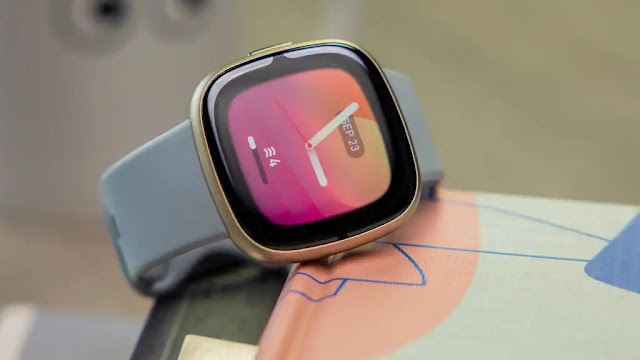

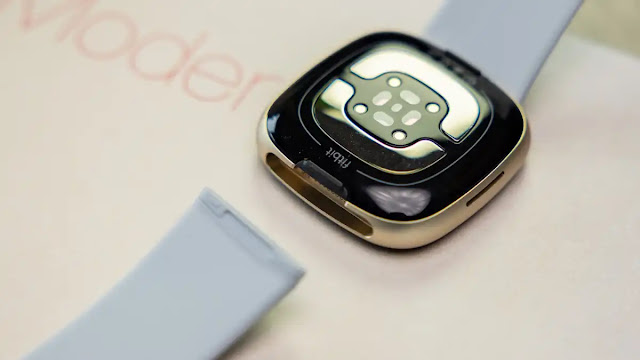
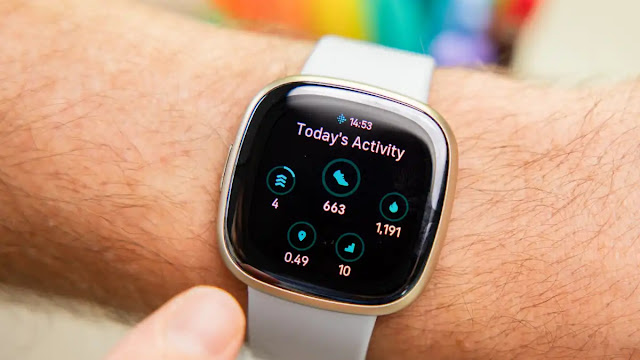

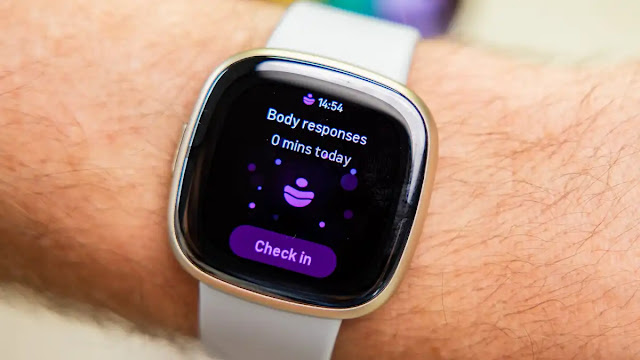
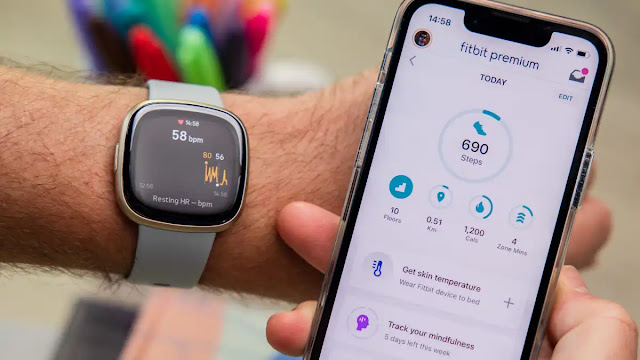
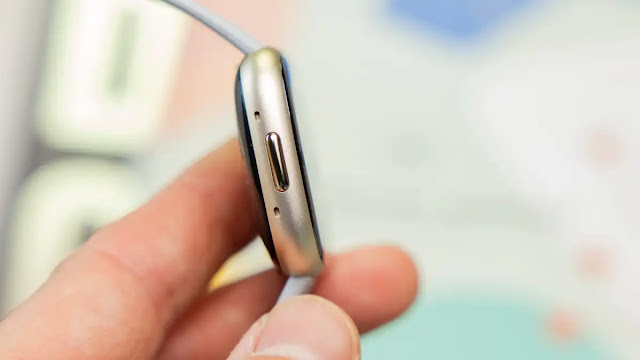

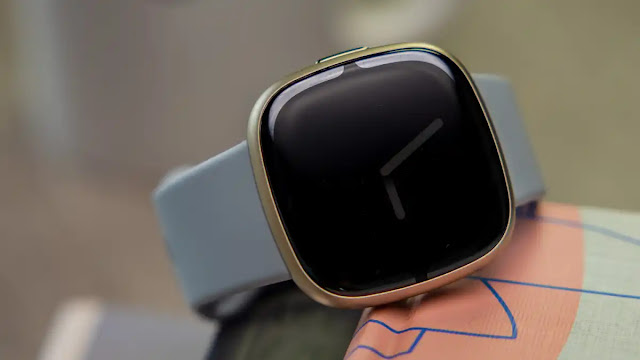
0 comments:
Post a Comment